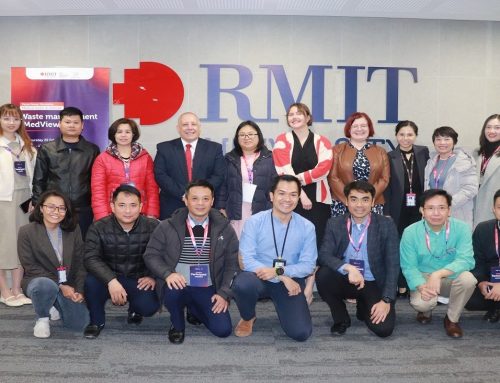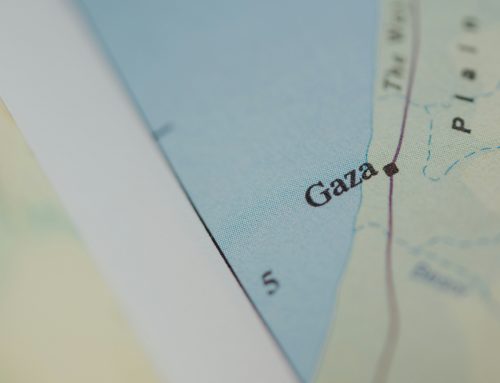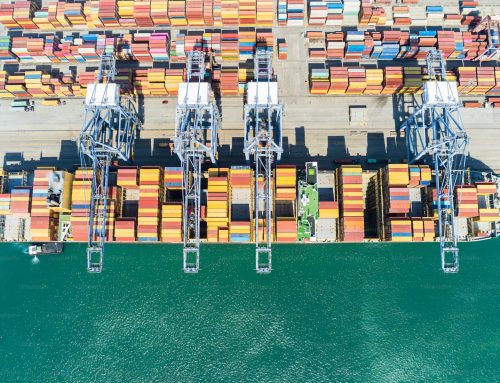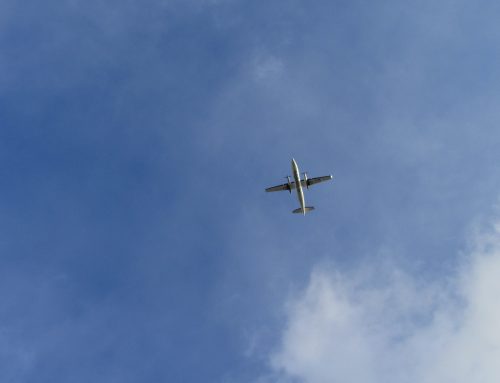Mapping the emergency logistics needs and problems
The MELOGIC project is a DG ECHO funded research project with five partners from five different European countries.
- European University of Cyprus (Cyprus)
- University of Aegean (Greece)
- Regional (Vicenza) Italian Red Cross (Italy)
- CARITAS Teruel(Spain)
- Humanitarian Logistics and Supply Chain Research Institute (Finland)
The MELOGIC project stands for ‘An Integrated Methodological framework for Emergency Logistics’. The primary objective of the project was to provide an integrated, easily applicable tool for optimising logistics preparedness operations. In December 2016, the project was completed after all deliverables have successfully been achieved, including web-based decision support system available online. Over the last 2 years throughout the project, there have been various intense discussions, learning opportunities, and knowledge sharing. Personally, it was an extraordinary experience to have the good partnership and active interactions among the project members.
Most of the humanitarian logistics research projects in the HUMLOG Institute are often carried out in developing countries. However, the MELOGIC project has mainly concerned the issues related to emergency logistics within the EU context. This difference brought some new perspectives on disaster logistics preparedness.
While the results and research outcomes of the project can be found in some publications that are in progress, I thought it might be interesting to describe some practical but memorable aspects of the project. It would be some sort of ‘behind the scene’ of all these research activities, which may not be narrated in research publications in details. Here I will elaborate initial development of the project and in the next post some of major outcome – emergency drills and table-top exercise.
Defining ‘logistical problem’
The first kick-off meeting was held on February 2015 in Nikosia, Cyprus. The ‘logistical problem’ was remained as a general statement in our project document. Thus, in the first meeting the partners tried to crystallise the problem that we would deal with in our project. Naturally, the focus was on the needs of the only end-user partner then, Caritas Teruel. Caritas Teruel brought up their logistical challenges related to maintaining a good preparedness for the forest wildfire of the Aragon region.
The part of the HUMLOG Institute work package was to map the emergency logistics needs and problems. Although a plan for field study was not included in the initial project document, we realised the need of the field study before long. Our objective, which was to develop an applicable decision support tool, required much more in-depth understanding of the local context, including the identification of the governance of civil protection system, relevant actors, important decisions process, and other challenges and bottlenecks of the emergency logistics preparedness. So the field study was quickly organised together with Caritas Teruel. We prepared the one-pager concept note and the interview guide. Caritas Teruel arranged interview schedule and all the other field practicalities.
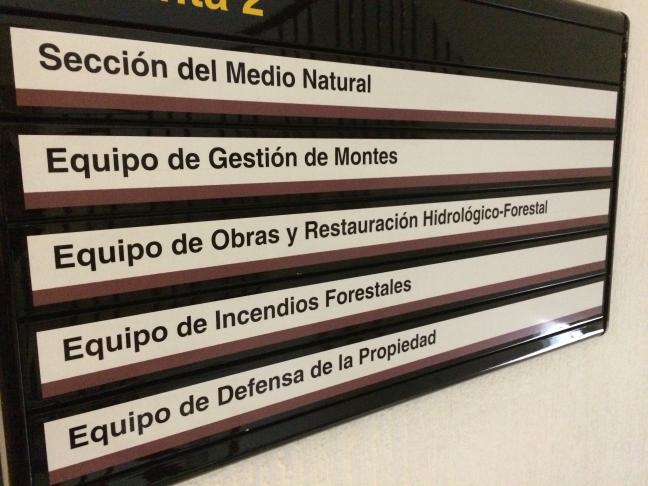
A visit to the local government concerning forest wildfire
One of the many interviews was with the previous Major of the village, Ejulve, which was hugely affected by forest wildfire in 2009. This Ejulve forest fire was an important incident of the Aragon region and often interviewees have referred to this forest fire during their conversation.
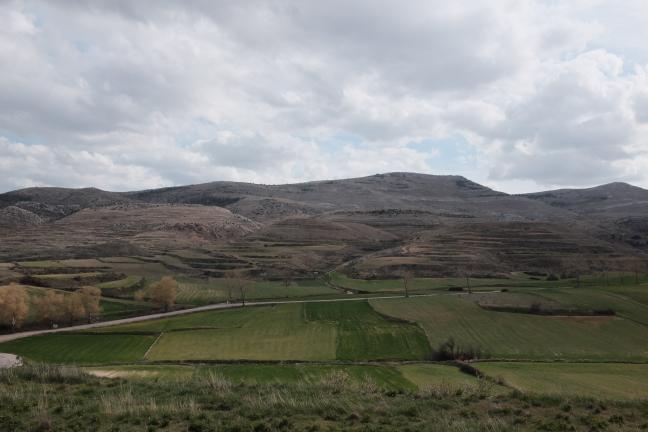
After more than five years, still the mountains are not yet recovered. Fortunately, there are various conservation programmes supported by both local government and EU.
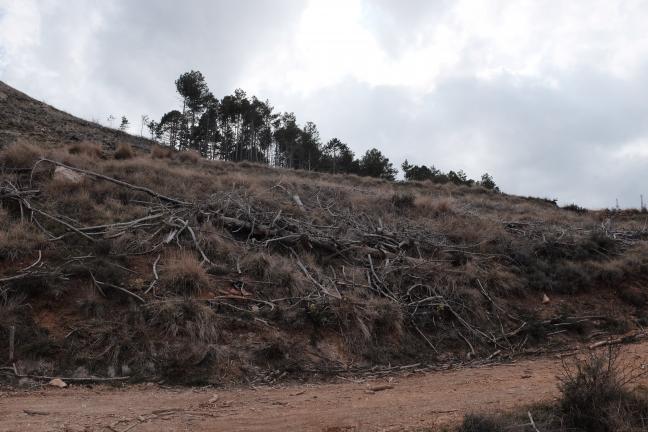
Burnt trees on the side of the road.
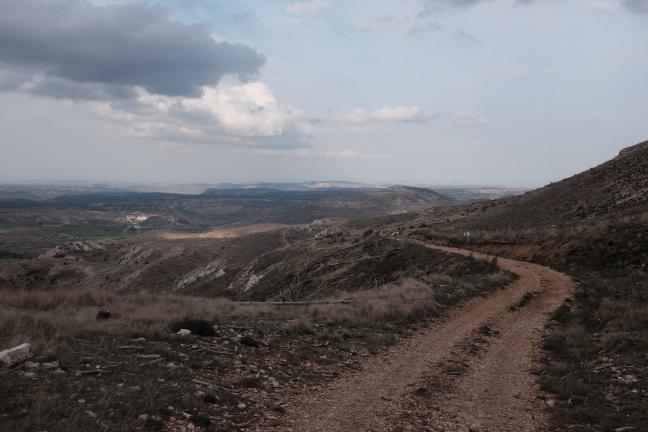
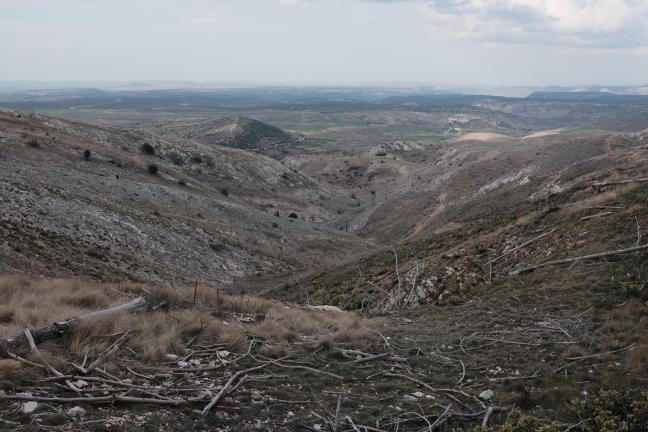
The scale of the Ejulve forest wildfire was immense, affecting more than 7.000 hectares.
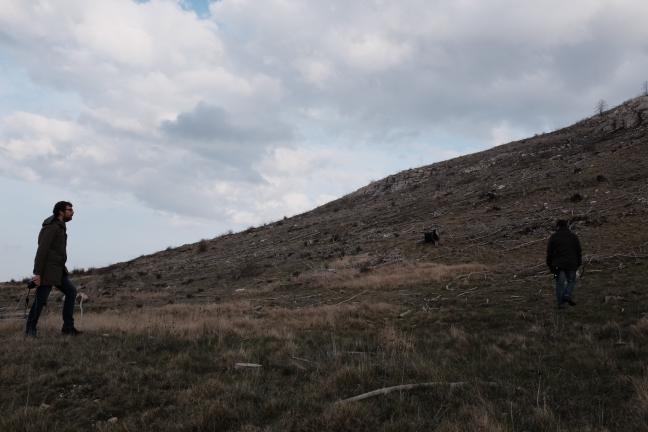
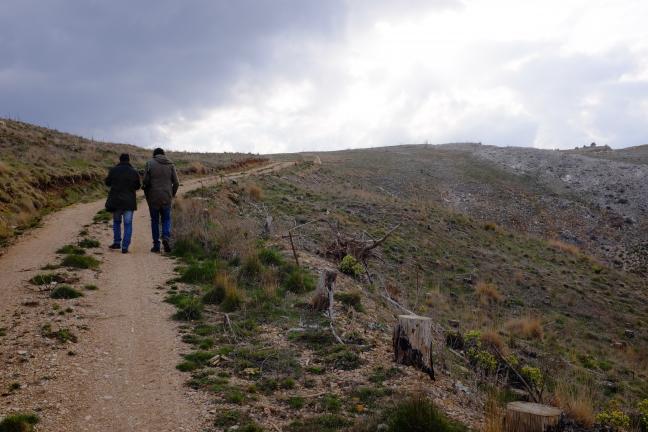
Interview was conducted in the Mayor’s vehicle that we drove to the mountain but also while walking on the mountain.
Collaboration
In retrospect, field study helped very much all the project partners to improve the initial understanding about the project and its aim that were remained at a very general level. It sounds very self-evident that the results of the field study was the crucial base of the decision support system model development, but at the beginning of the project, linkage of each working packages were weak and very uncertain.
A multiple Skype conference calls among Aegean University, Caritas Teruel, and HUMLOG Institute was extremely important before, during, and after the field study. Aegean University, Caritas Teruel, and HUMLOG Institute have collaborated while maintaining each role in the project as a quantitative modeller, end user, and qualitative investigator. In the end, we build mutual trust and good ‘friendship’ to continue working on the project, which is crucial in mediating different views on some issues and also some particular demand for detailed data. This is reinforced throughout the project meetings and also with some generous wines and foods (from Southern partners) and vodka and minimalistic dinner (in Finland). During the project we often joked and smiled by saying ‘problem solved’ after intense discussion and sometimes difficulties of communication.
Emergency Drill in Teruel
In September 2016, MELOGIC project organised a large-scale emergency drill in Teruel. The emergency drill was one of the major outcomes of the project. First, we could test the algorithm model for the decision support tool that was developed during the project and second, the emergency drill in such scale was an exceptional event in a small town of Teruel and provided direct and indirect learning to the local government and civil society.
The emergency drill was an event of a single day but it was the results of more than a year of Caritas Teruel’s efforts, including various stakeholder meetings, trainings and education, and other publicising activities for civil protection logistics.
I will describe here about the event itself and our practical preparation on the spot.
Mock-up exercise (D-2)
Before the event, we had a mock-up exercise and used this time to make the final check of the event as well as to prepare for some of practicality related film-making.
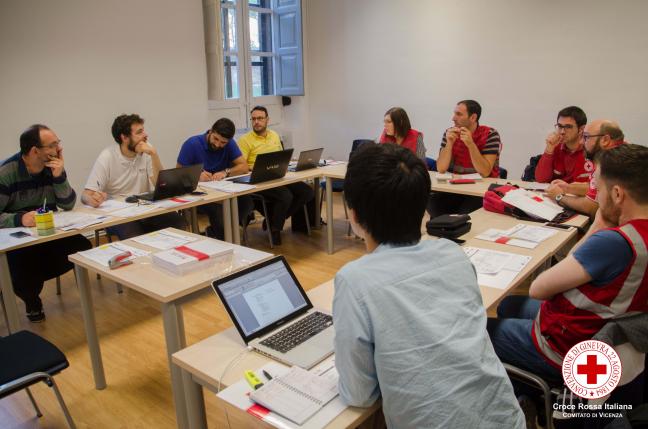
We found the difference between available resources (vehicle types and numbers) for the emergency drill and what was assumed in the model as the algorithm inputs. Probably this will happen in most of the real cases and the decision support tools might help to make the quick fix. But during the mock-up exercise, we made some modification after a long discussion.
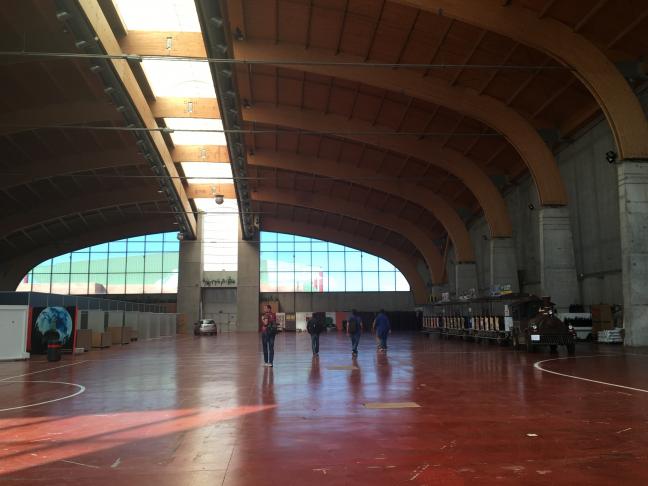
Checking the venue for the evacuation centre
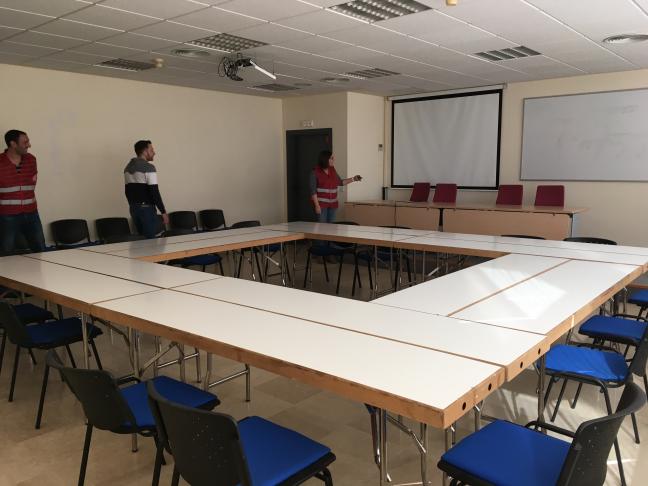
Preparing for the field operation office. It is a room where all relevant stakeholders and intervention group will sit together to oversee the field operation and to coordinate the activities.
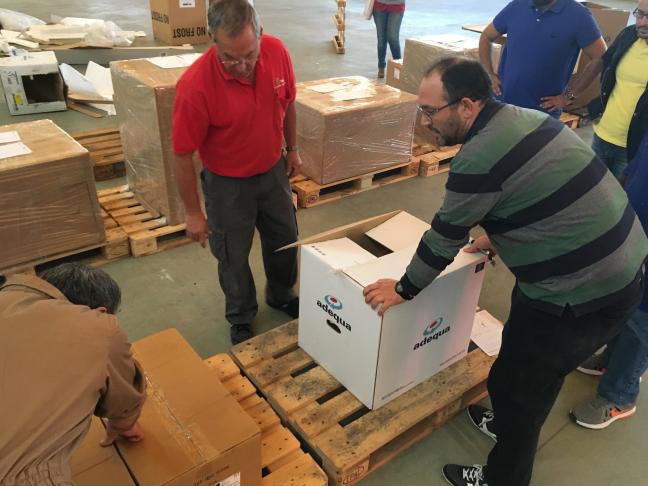
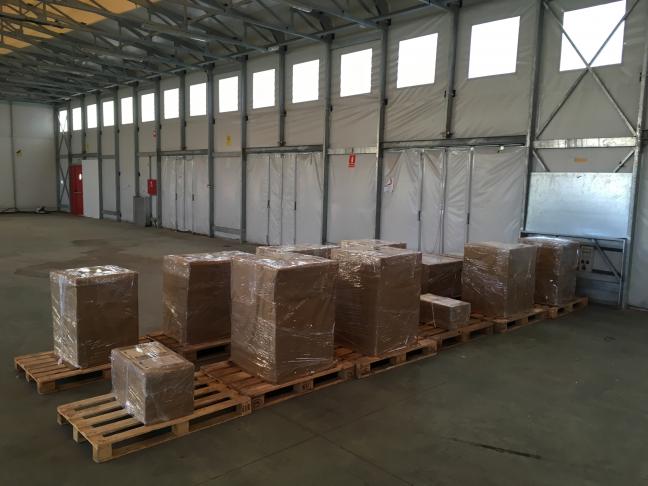
Transforming empty boxes into emergency supplies. Each supply will be prepositioned at the suppliers’ venue and the scenes of loading and unloading is already made during this mock exercise.
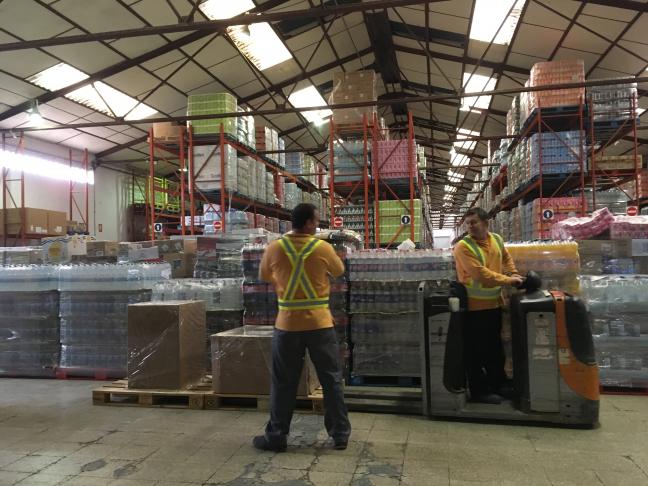
Loading from one of suppliers for emergency items
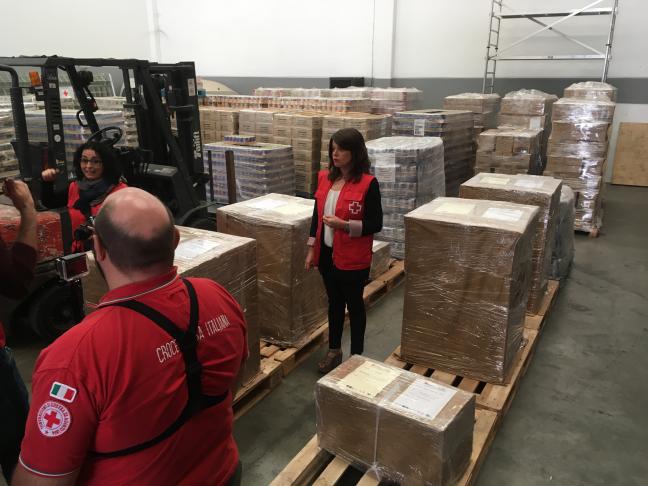
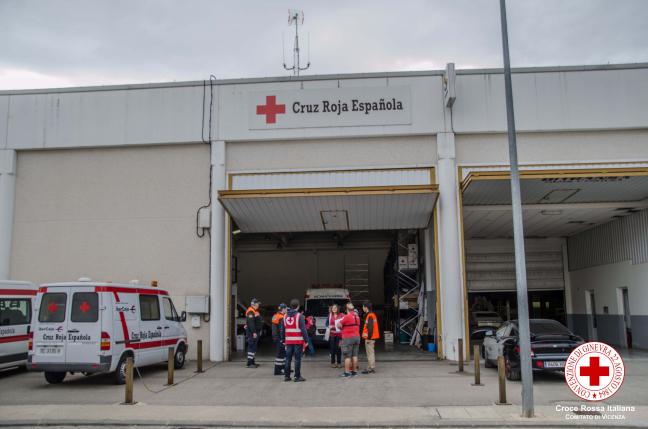
Loading from Red Cross Spain
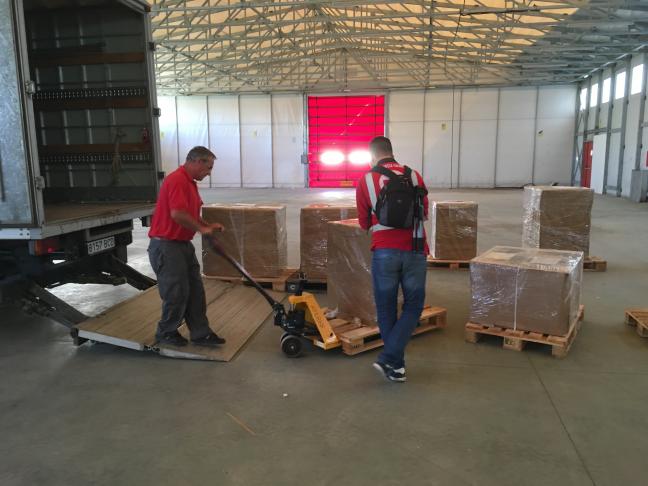
Filming the unloading supplies
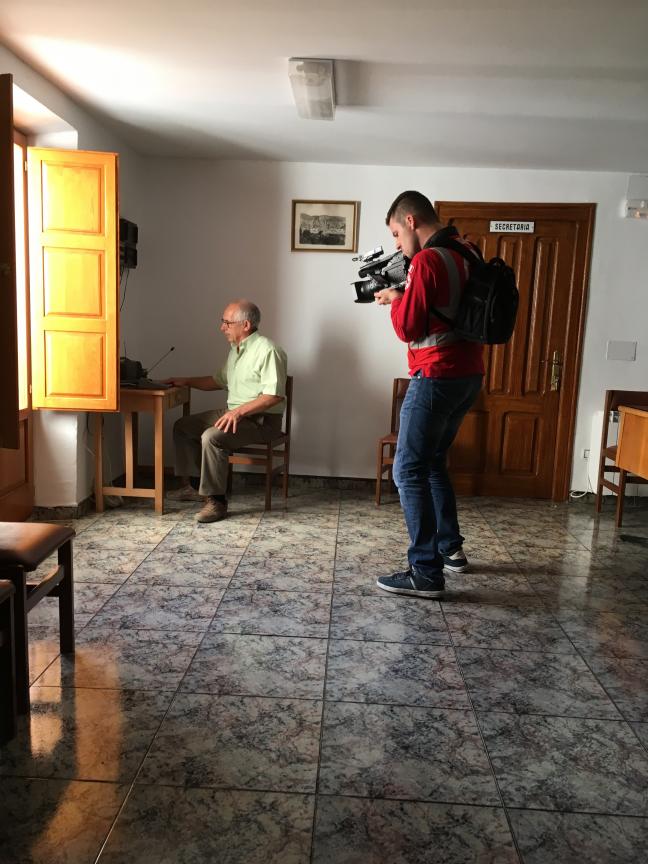
A village’s mayor making emergency alarm.
The day of the event

All activities pre-planned to the minute.
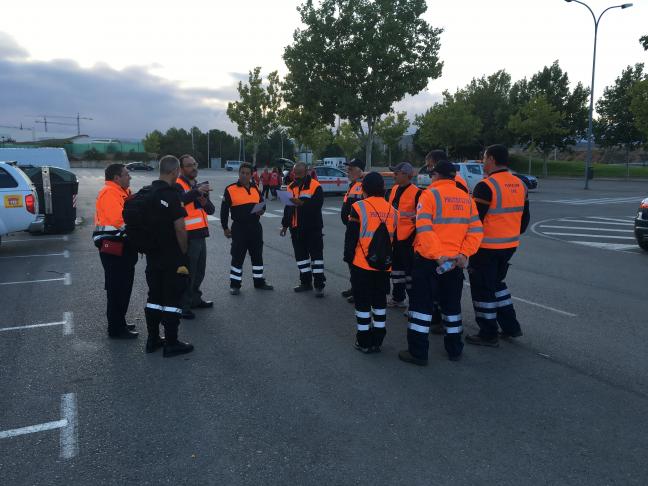
Briefing to the civil protection staff
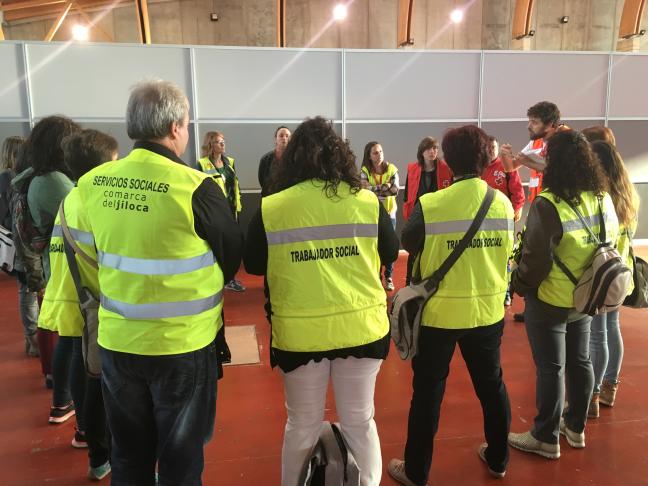
Briefing to the social workers
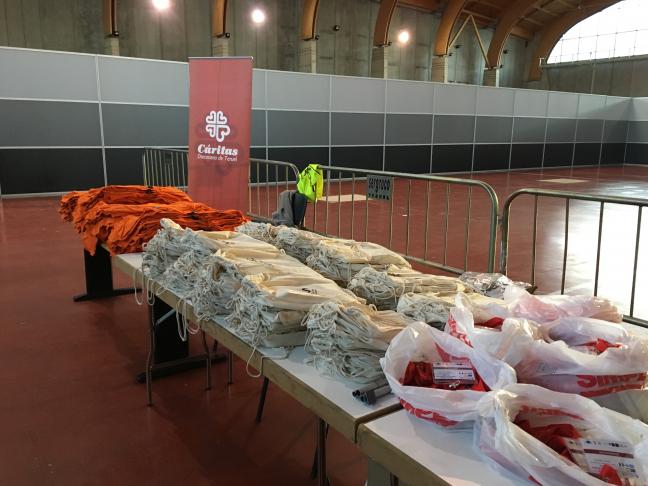
Items for the drill participants
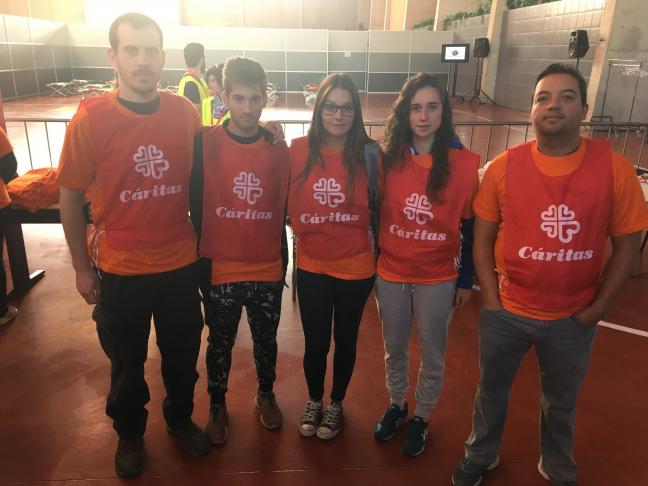
Evacuees are ready
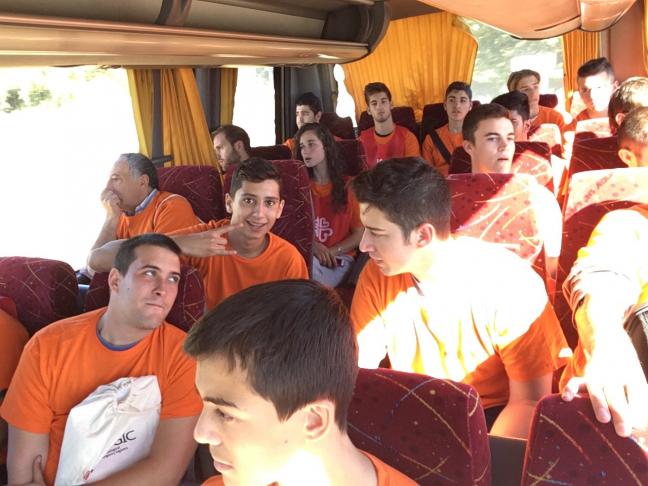
Students volunteered as evacuees. Many inhabitants of the villages participated the emergency drill but still the number was not enough for the simulation. Thus, students were involved as volunteers and they had to be transported to each village.
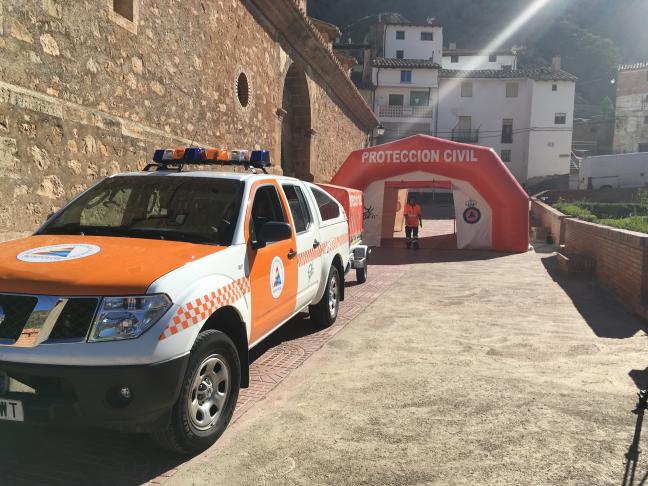
Civil protection prepared for the evacuation point in a village
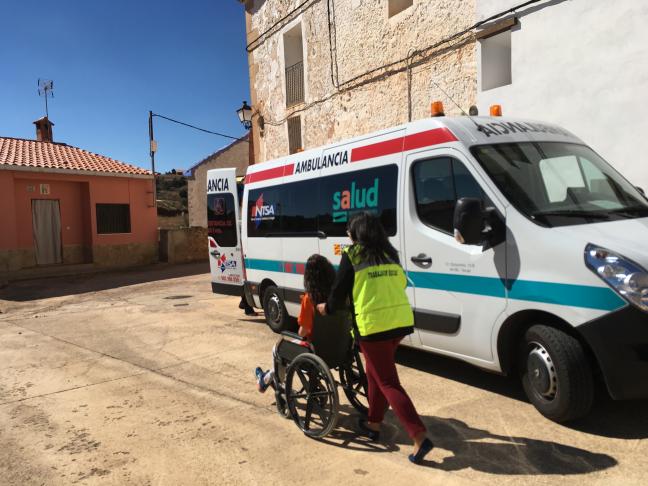
Transporting a disabled person on a wheelchair by ambulance
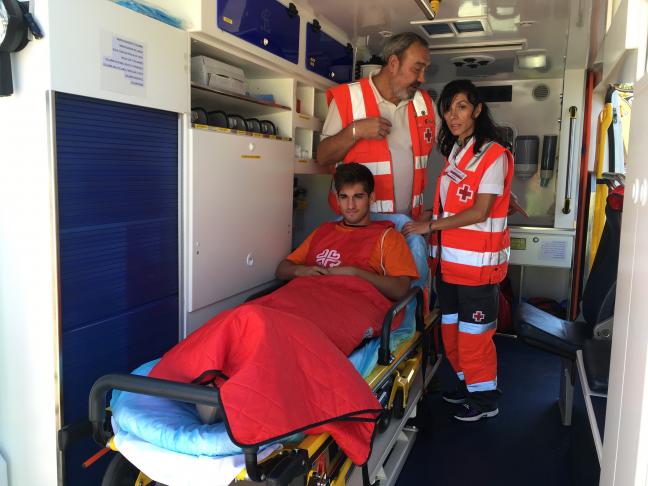
A evacuee inside of the ambulance
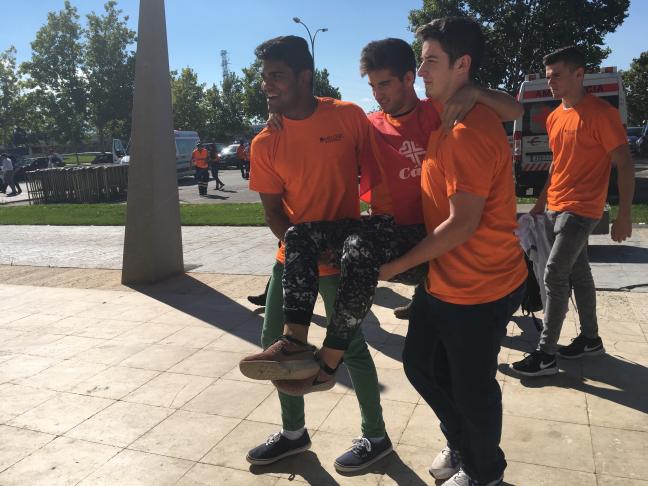
Volunteers helping the partially disabled evacuee
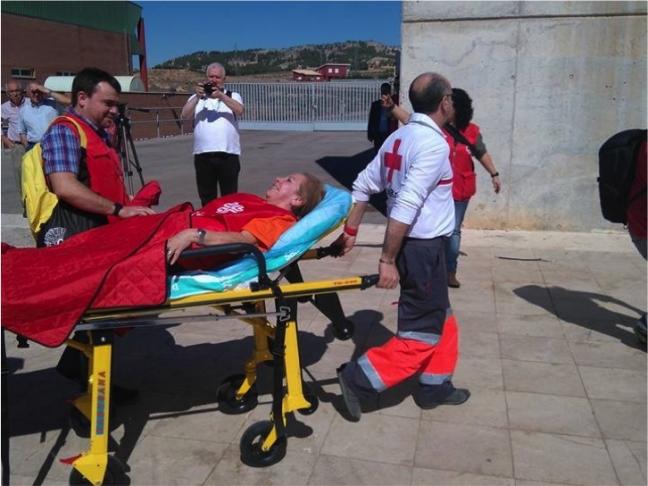
Transporting a wound female evacuee on a stretcher by ambulance
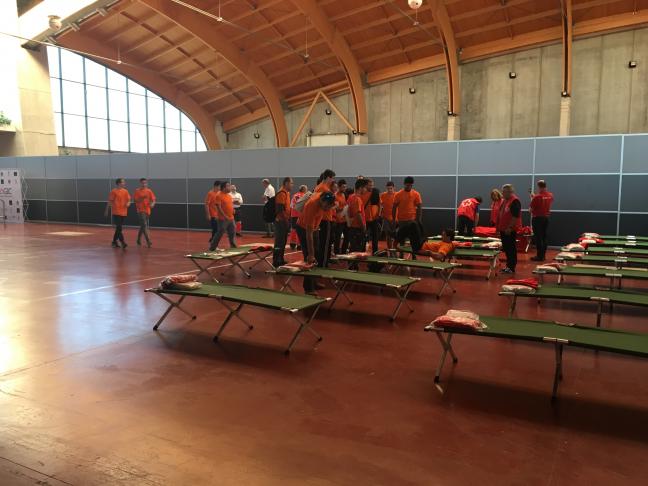
Field cots for evacuees
After the drill event
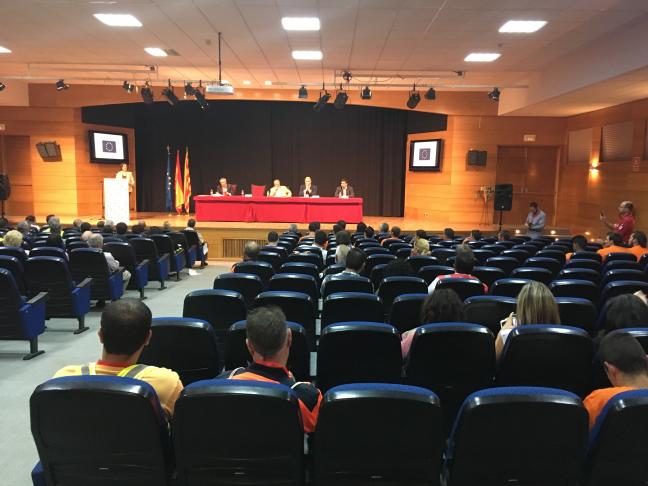
Closing conference
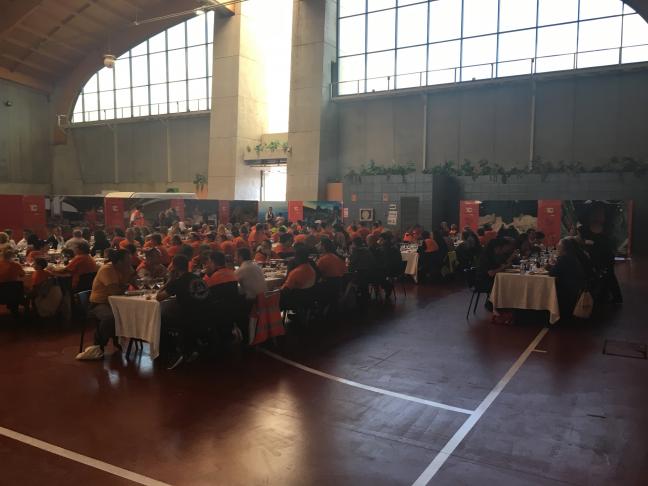
Lunch for all participants
One of our partners, Red Cross Italy, had a great capacity of making film of the event for the purpose of dissemination and future training. Full video can be found here (click).
Table-top exercise in Vicenza
One of the important elements of emergency planning is training exercises. Training exercise is particularly important for building and maintaining organisational knowledge. A written guideline and/or instruction of how to act during the emergency can be more structured and easier to control compared to training exercise which people’s involvement is essential. The benefits of training exercise are preparation for more unstructured and spontaneous aspects. It is a good opportunity to incorporate and check both tacit and explicit knowledge of managing emergencies with a broad action scenarios and a willingness to consider alternatives.
Training exercises can have various forms, e.g. workshop types of seminar, serious games, table-top exercise, and drills. The MELOGIC Project has organised two types of exercises with the end-user partners – Emergency drill with Caritas Teruel and table-top exercise with Italian RC.
Table-top exercise
The table top exercise is a group exercise. The number of group will be depends on the size of the participants. In the exercise with Italian Rc, there were two groups and each group was given a scenario to deal with. Every group members were assigned to different roles in a local level.
The organisers might also have different roles other than being an instructor. In our table-top exercise, organisers acted as a journalist and regional level head quarter. The journalist is essential component in emergency situation for dealing with public affairs. Emergency authorities may have to deal with numerous media contacts and sometimes requires discrete decisions for what information can be publicly available or not. The regional HQ acted as coordinating and reporting body for those participants who play the local emergency staff.
Instructors facilitated the group activities – checking the time, giving out different missions, explaining evolving situation and scenarios, and answering for questions from the group.
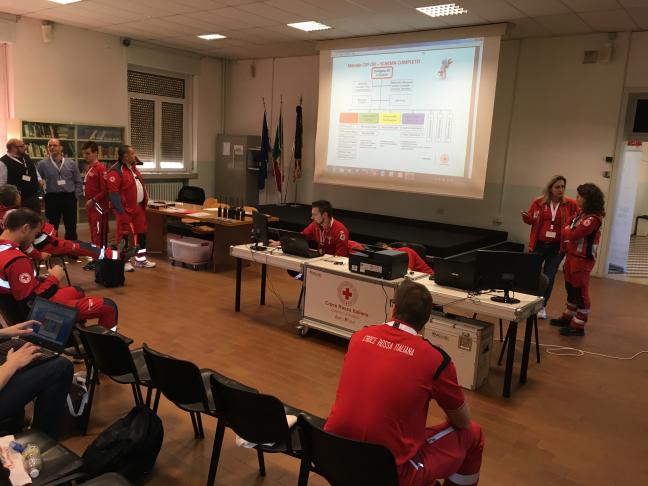
Scenario briefing
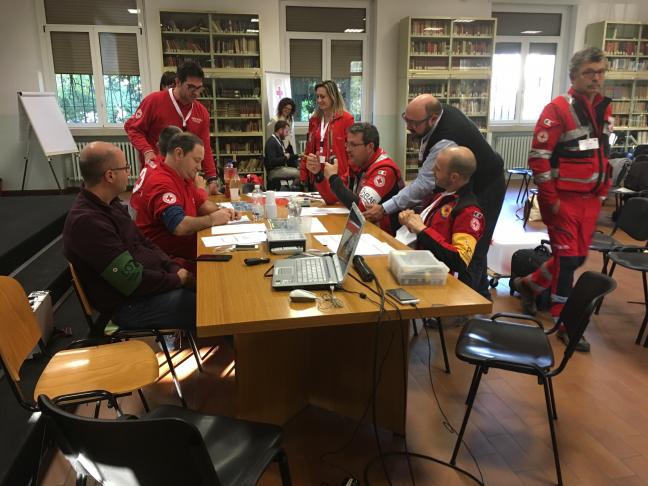
Regional HQ
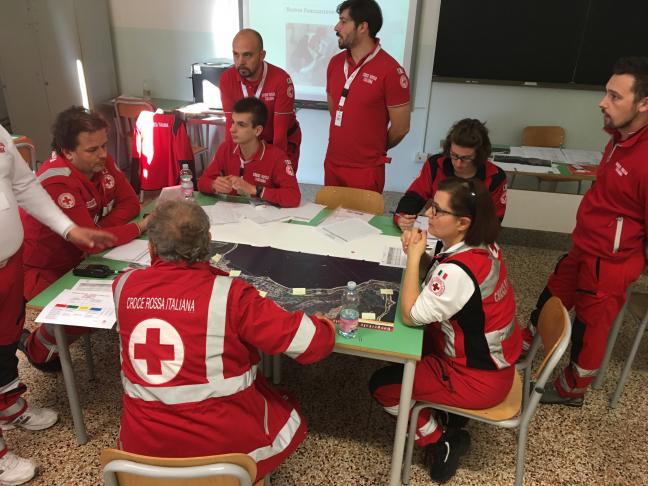
Group 1
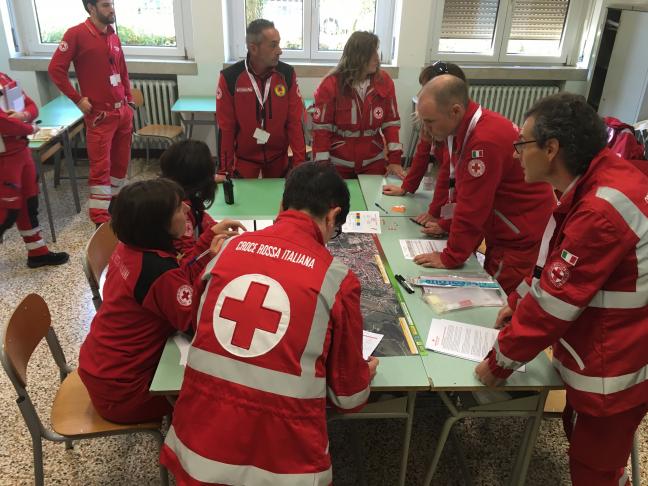
Group 2
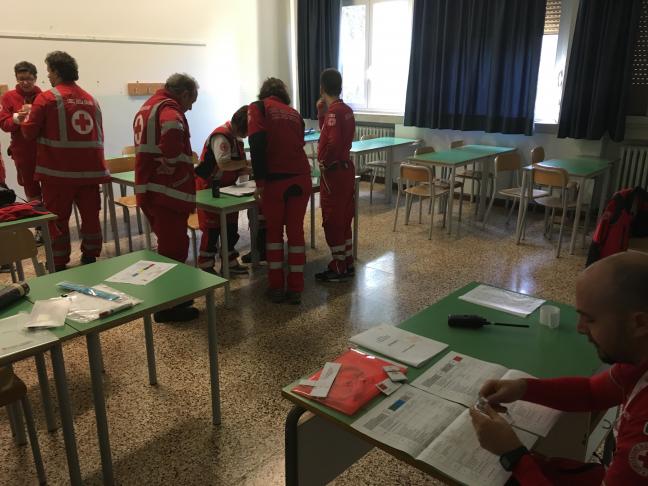
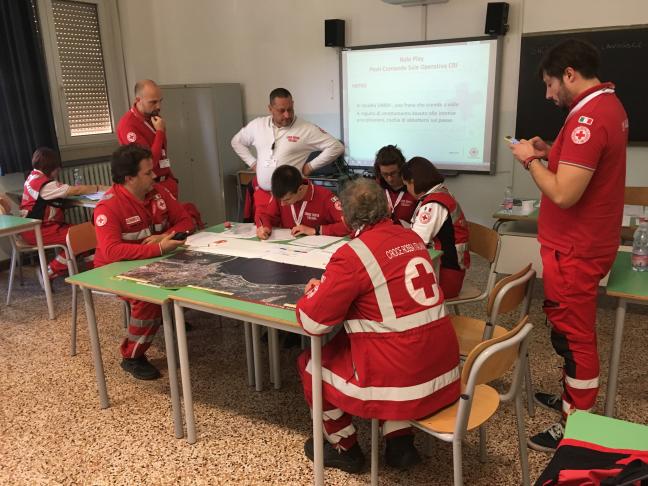
Instructors and groups
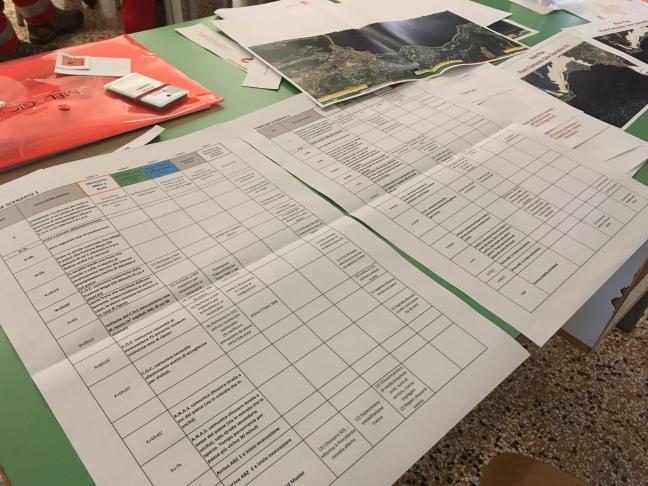
Instructor having the timeline of the scenario
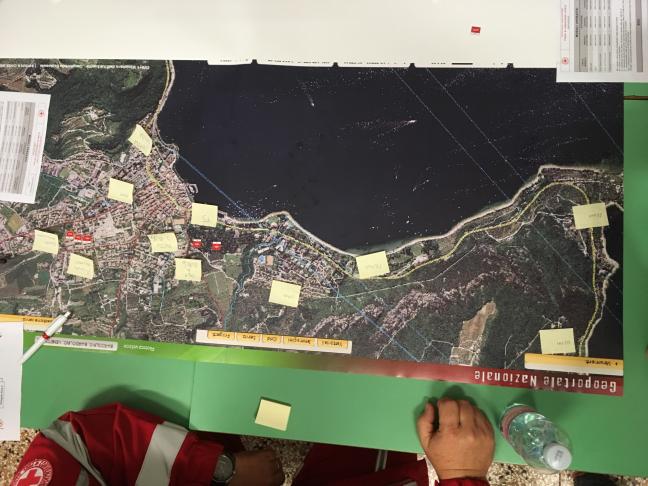
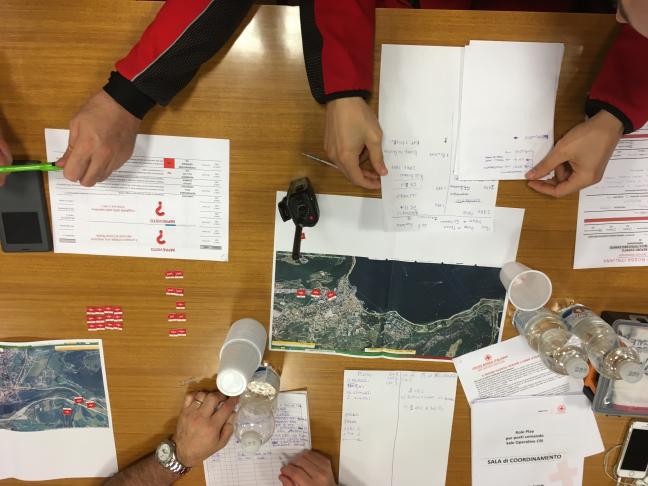
Group activities
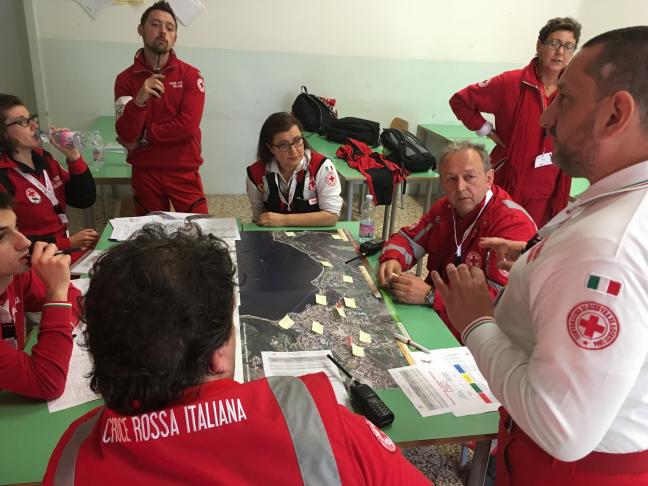
Instructor giving out some advice
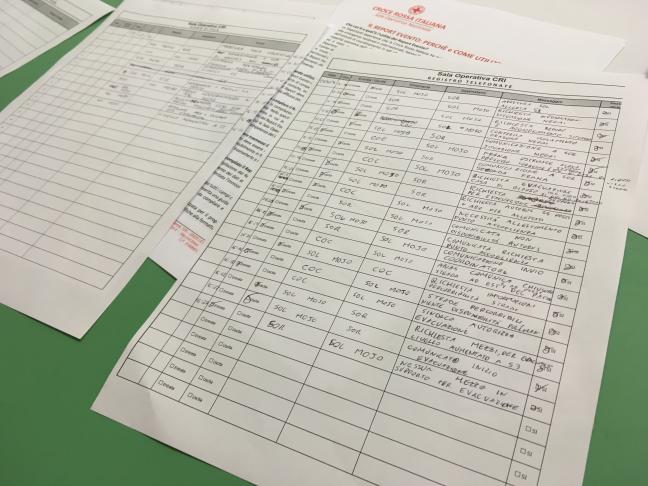
A group makes records of the activities
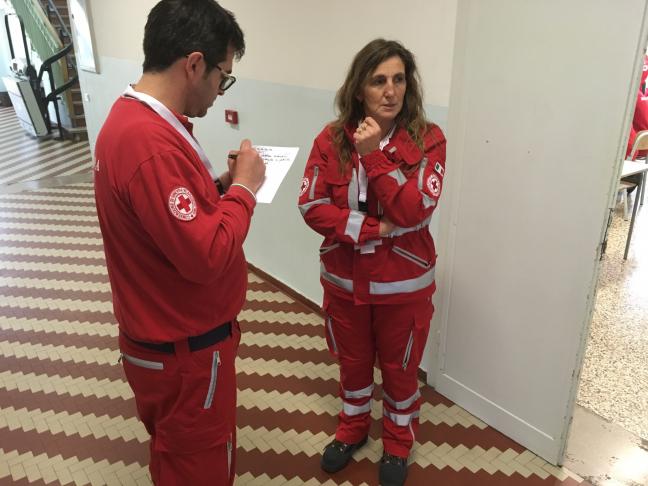
A journalist and a participant plays as a press officer
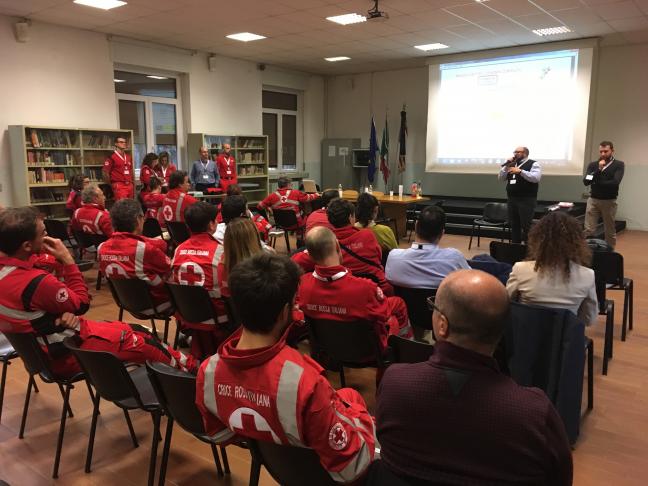
Debriefing and discussion

